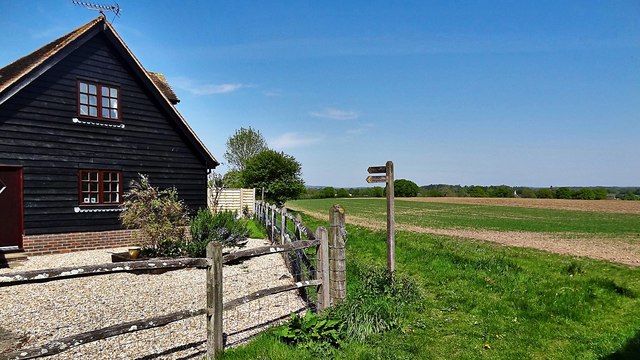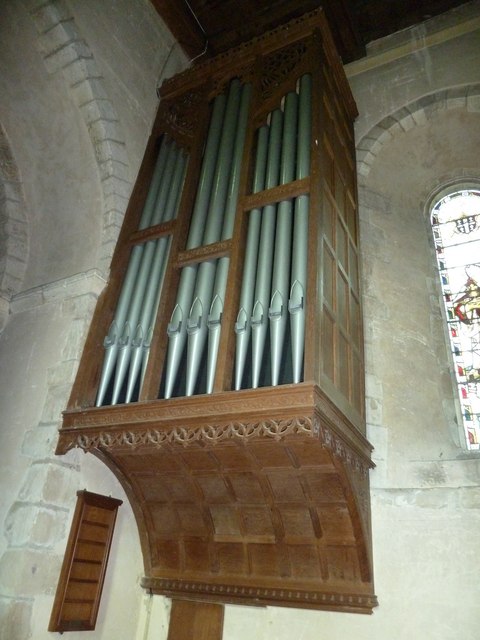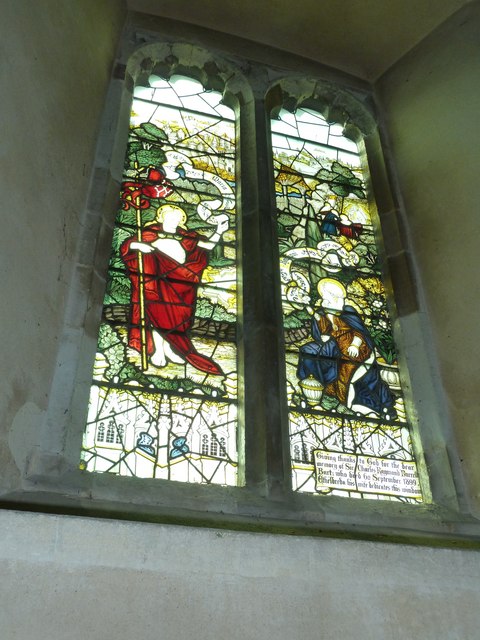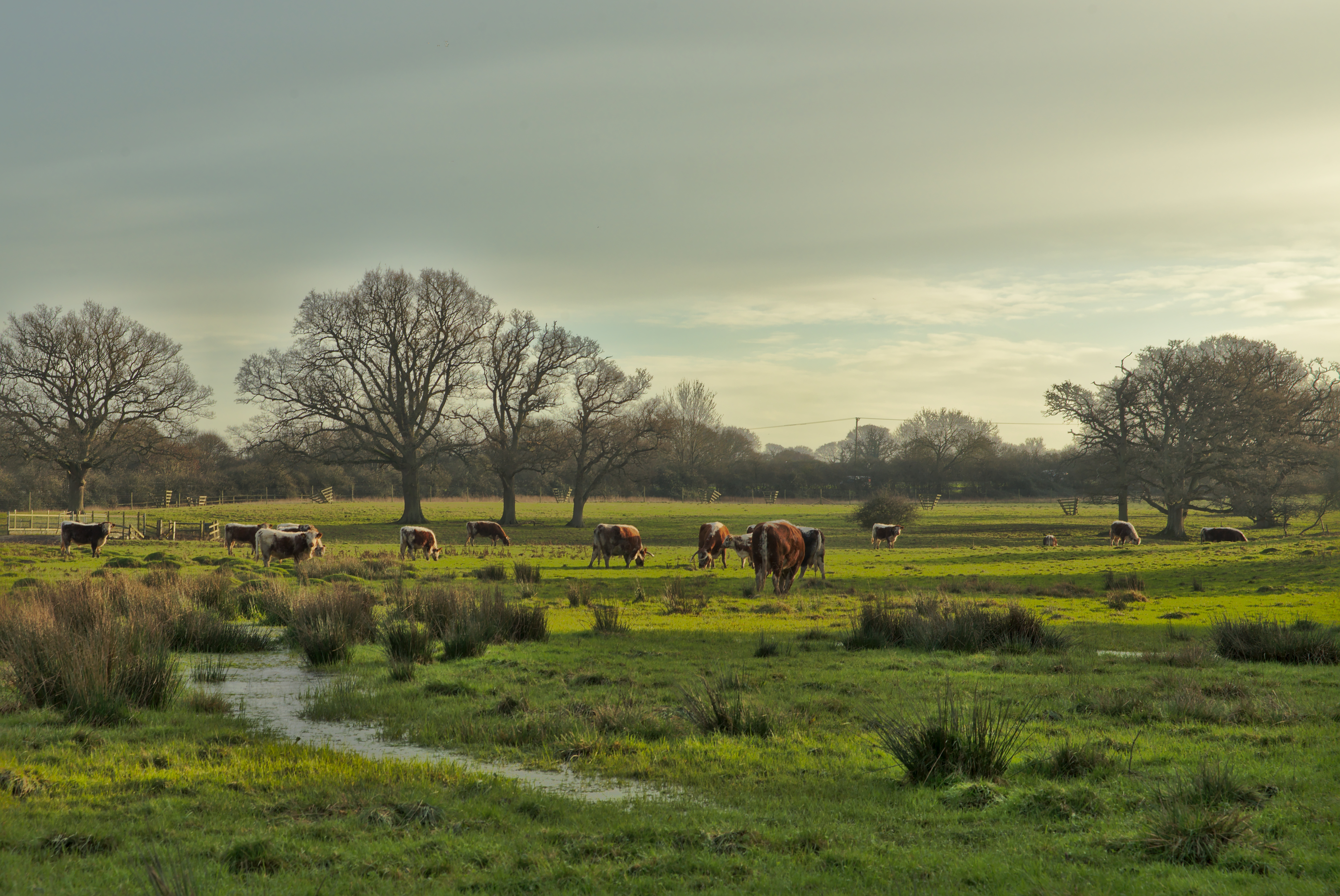Hillhouse Plantation
Wood, Forest in Sussex Horsham
England
Hillhouse Plantation

Hillhouse Plantation is a historic landmark located in Sussex, England. Situated in a picturesque wood and forest area, the plantation holds immense cultural and historical significance. The site covers a vast area, encompassing lush greenery, rolling hills, and enchanting woodlands.
The origins of Hillhouse Plantation date back to the 16th century when it was established as an agricultural estate. Over the years, it evolved into a thriving plantation, renowned for its production of various crops. The plantation's success was attributed to the fertile soil and favorable climate of the region. The scenic beauty of the area also contributed to its popularity among locals and tourists alike.
Today, Hillhouse Plantation stands as a testament to the region's rich heritage. It offers visitors a glimpse into the past with its well-preserved structures, including the grand manor house, barns, and stables. The architectural style of the buildings reflects the period in which they were constructed, showcasing a blend of traditional English and Victorian influences.
Moreover, the plantation serves as a hub for nature enthusiasts, offering numerous walking trails and opportunities for outdoor activities. The wood and forest surrounding Hillhouse Plantation are home to a diverse range of flora and fauna, including several rare and endangered species. The plantation also hosts various events throughout the year, such as farmers' markets, craft fairs, and guided tours, providing visitors with an immersive experience of the region's rural charm.
In conclusion, Hillhouse Plantation in Sussex is a historically significant site that combines natural beauty with cultural heritage. With its picturesque wood and forest setting, preserved structures, and diverse wildlife, the plantation offers a captivating experience for history buffs and nature lovers alike.
If you have any feedback on the listing, please let us know in the comments section below.
Hillhouse Plantation Images
Images are sourced within 2km of 50.985388/-0.34453905 or Grid Reference TQ1621. Thanks to Geograph Open Source API. All images are credited.










Hillhouse Plantation is located at Grid Ref: TQ1621 (Lat: 50.985388, Lng: -0.34453905)
Administrative County: West Sussex
District: Horsham
Police Authority: Sussex
What 3 Words
///winning.workflow.cocoons. Near Partridge Green, West Sussex
Nearby Locations
Related Wikis
Knepp Castle
The medieval Knepp Castle (sometimes referred to as 'Old Knepp Castle', to distinguish it from the nearby 19th-century mansion) is to the west of the village...
Knepp Wildland
Knepp Wildland is the first major lowland rewilding project in England. It comprises 1,400 hectares (3,500 acres; 5.4 square miles) of former arable and...
West Grinstead
West Grinstead is a village and civil parish in the Horsham District of West Sussex, England. It lies just off the B2135 road four miles (6.3 km) northwest...
St George's Church, West Grinstead
St George's Church is an Anglican church in West Grinstead, West Sussex, England. It is in the Diocese of Chichester, occupying a rural position in the...
Nearby Amenities
Located within 500m of 50.985388,-0.34453905Have you been to Hillhouse Plantation?
Leave your review of Hillhouse Plantation below (or comments, questions and feedback).










